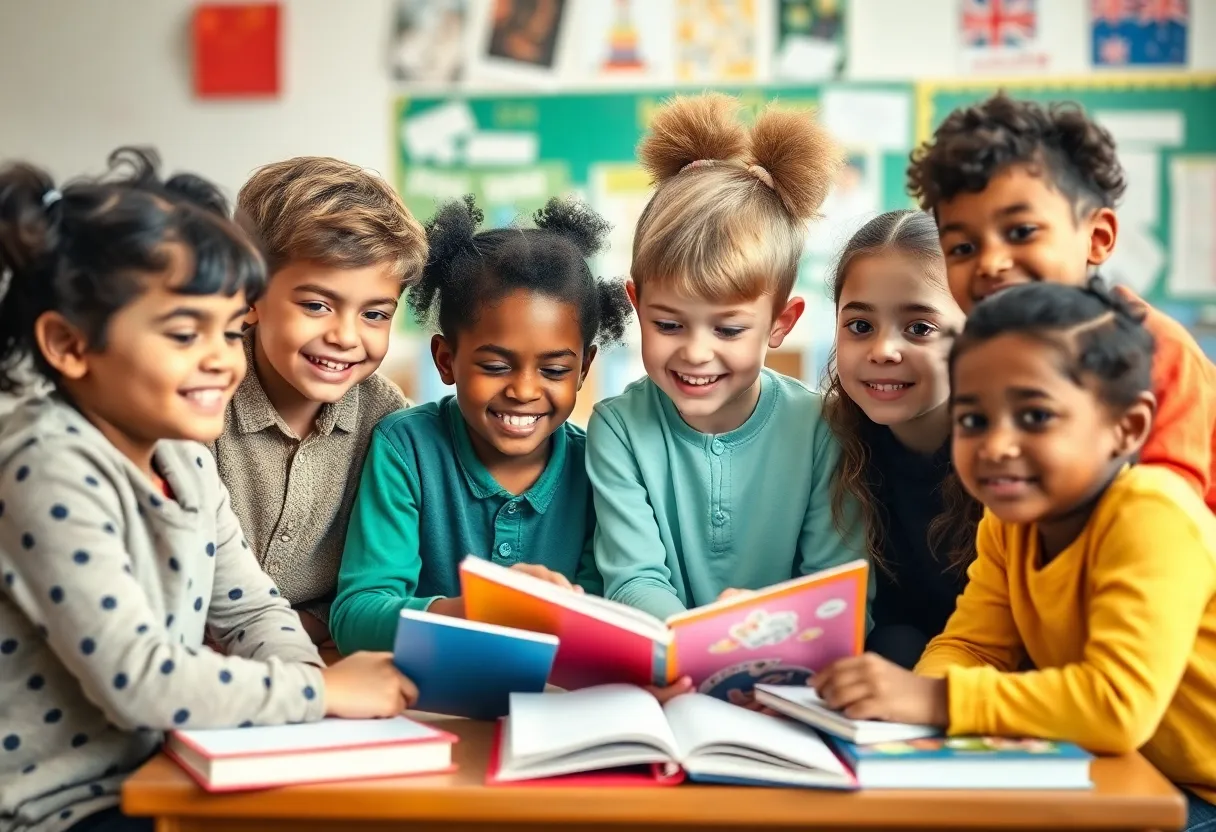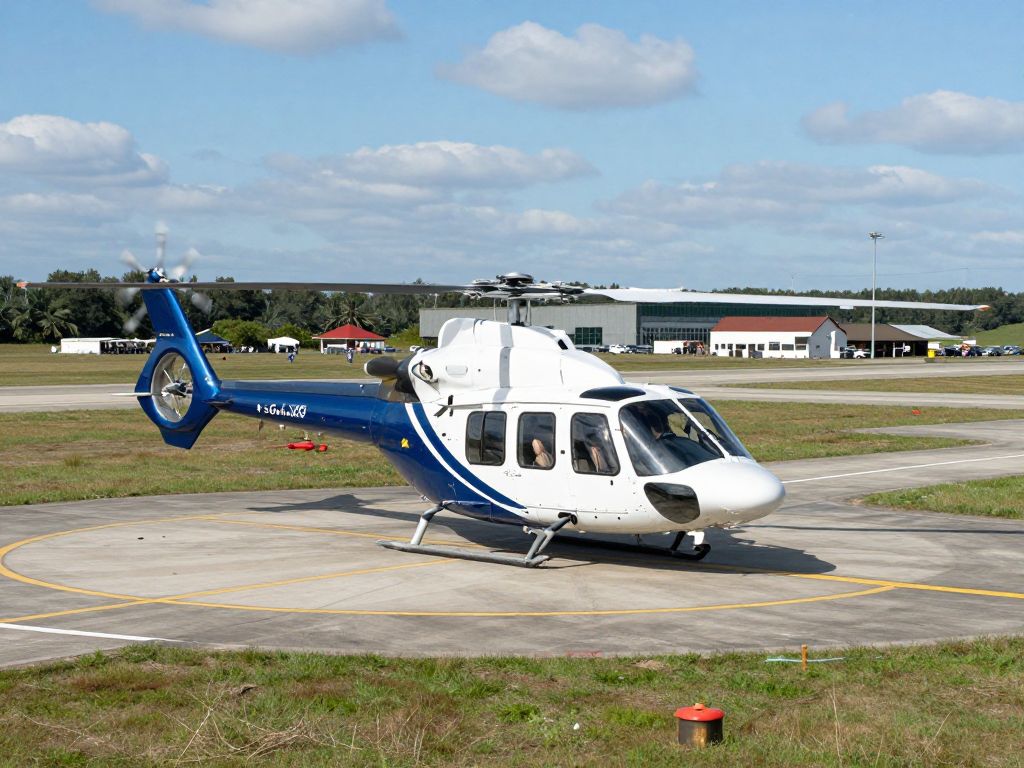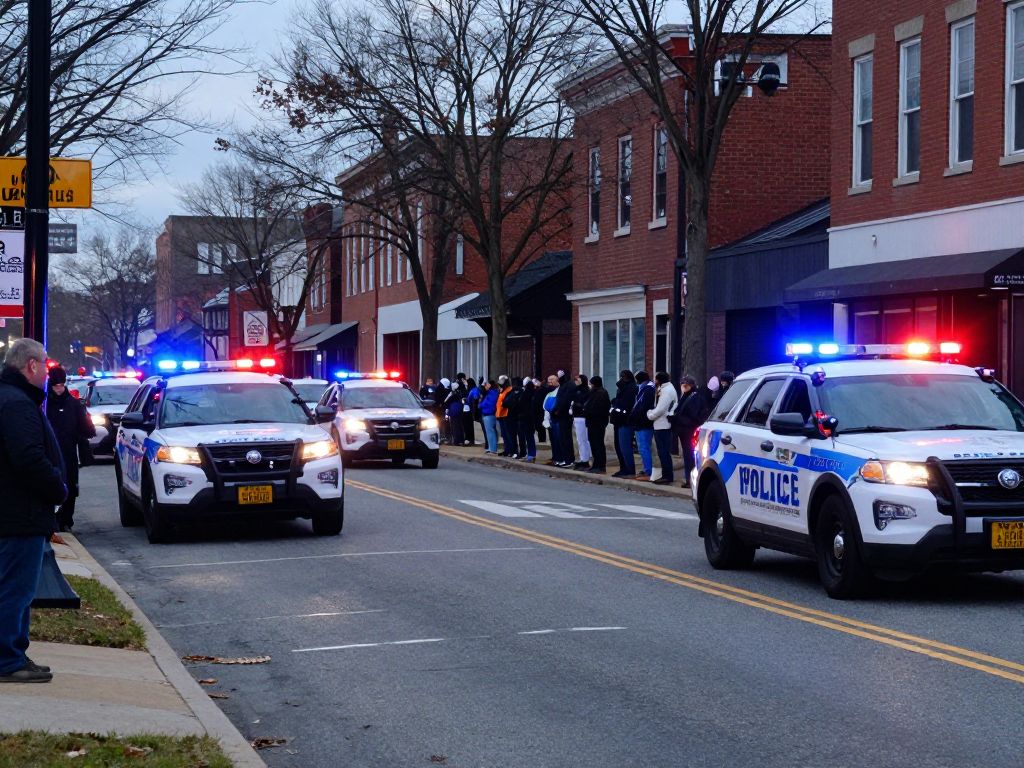Chicago, Illinois, September 26, 2025
News Summary
Former President Barack Obama criticized the political polarization that affected decisions regarding school closures during the pandemic. He highlighted the detrimental impact these closures had on children’s education and the challenges faced by families. Obama emphasized that discussions around reopening schools should have prioritized children’s educational needs over partisan conflicts. Reports indicate significant declines in students’ academic performance due to prolonged remote learning, further stressing the need for proactive approaches in future educational policies.
Chicago, Illinois – In a recent discussion focusing on the impact of political polarization on educational policies during the pandemic, former President Barack Obama sharply criticized the way school closures were managed in the U.S. during the Covid-19 outbreak. He emphasized that the necessity of school closures was overshadowed by political divides, suggesting that there was significant evidence indicating the importance of keeping schools open for the benefit of children.
Obama noted that the public discourse surrounding school closures had devolved into a partisan issue, which stifled meaningful conversations about the challenges faced by families and students. He remarked that, ultimately, the debate became characterized as a conflict between the left and the right, complicating efforts to prioritize children’s educational needs.
The timeline of school closures in the U.S. began shortly after the first reported Covid-19 case by the Centers for Disease Control and Prevention (CDC) on January 30, 2020. By the end of March that year, most schools across the nation transitioned to remote learning. A snapshot of the educational landscape by mid-September 2020 revealed that approximately 60% of U.S. schools were fully virtual, while around 20% operated with traditional in-person schedules and another 20% maintained a hybrid model.
Throughout 2021, many schools—particularly those in Democratic-leaning states—adopted reduced schedules, enforcing mask mandates and social distancing protocols. The pandemic’s educational disruptions prompted former President Obama to categorize the federal government’s initial response as chaotic, underscoring the need for proactive measures to protect communities and slow the virus’s spread. He had previously advocated for the cancellation of large gatherings, linking community care with responsible pandemic management.
Recent studies have highlighted the long-term impacts of school closures on children. An analysis from a New York Times report in March 2024 confirmed that prolonged school closures did not effectively prevent the virus’s spread but had detrimental effects on children’s academic progress. Data from the National Assessment of Educational Progress (NAEP) indicated significant declines in reading and math scores among high school students compared to pre-pandemic levels in 2019, reflecting an ongoing educational crisis.
The pandemic magnified existing educational disparities, and a report from McKinsey revealed that students had learned only 67% of the expected math curriculum by autumn 2020. Reflecting on the situation, Obama suggested that earlier discussions regarding the reopening of schools should have taken place, particularly considering the pressing needs of working parents for childcare solutions.
He emphasized the need to weigh social consequences against the imperative of safeguarding public health, hinting that the objections to strict pandemic protocols warranted serious consideration rather than dismissal. The fallout from these decisions continues to shape the dialogue around education and public health policy, highlighting the significant challenges that lie ahead in rebuilding educational systems and addressing the needs of children in a post-pandemic world.
FAQs
What did Barack Obama criticize regarding school closures during the pandemic?
Obama criticized the political polarization that overshadowed the necessity of school closures, stating that the evidence indicating the importance of in-person education was often ignored.
When did school closures start in the U.S. due to Covid-19?
School closures in the U.S. began by the end of March 2020, shortly after the first Covid-19 case was reported.
What percentage of U.S. schools were operating virtually by September 2020?
By mid-September 2020, approximately 60% of U.S. schools were operating fully virtual, with 20% in traditional in-person formats and another 20% utilizing hybrid models.
What were the long-term effects of school closures on students?
According to reports, extended school closures hindered children’s academic progress, resulting in significant drops in reading and math scores for high school students and exacerbating existing educational disparities.
Key Features of the Article
| Key Event | Impact on Education | Political Polarization | Future Discussions |
|---|---|---|---|
| School Closures during Pandemic | Significant drop in academic performance and learning | Debate became a partisan issue, hindering solutions | Need for proactive discussions on reopening schools |
Deeper Dive: News & Info About This Topic
HERE Resources
Pennsylvania Senators Call for Action Against Antisemitism
Rising Nationalism Spurs Sanseito Party’s Gains in Japan
Philadelphia Launches Business Directory for MAGA Supporters
Additional Resources
- Unherd: Barack Obama on School Closures
- WAPT: Jackson Public Schools Concerns
- LAist: School Closures in LA
- Jsonline: Potential School Closures in Milwaukee
- Next Pittsburgh: School Changes in PPS
- Wikipedia: COVID-19 Pandemic in the United States
- Google Search: Impact of School Closures Due to COVID-19
- Google Scholar: Educational Impact of COVID-19 School Closures
- Encyclopedia Britannica: Education
- Google News: School Closures COVID-19
Author: STAFF HERE PHILADELPHIA WRITER
The PHILADELPHIA STAFF WRITER represents the experienced team at HEREPhiladelphia.com, your go-to source for actionable local news and information in Philadelphia, Philadelphia County, and beyond. Specializing in "news you can use," we cover essential topics like product reviews for personal and business needs, local business directories, politics, real estate trends, neighborhood insights, and state news affecting the area—with deep expertise drawn from years of dedicated reporting and strong community input, including local press releases and business updates. We deliver top reporting on high-value events such as Mummers Parade, Philadelphia Flower Show, and Thanksgiving Day Parade. Our coverage extends to key organizations like the Greater Philadelphia Chamber of Commerce and United Way of Greater Philadelphia, plus leading businesses in telecommunications, food services, and healthcare that power the local economy such as Comcast, Aramark, and Children's Hospital of Philadelphia. As part of the broader HERE network, we provide comprehensive, credible insights into Pennsylvania's dynamic landscape.





